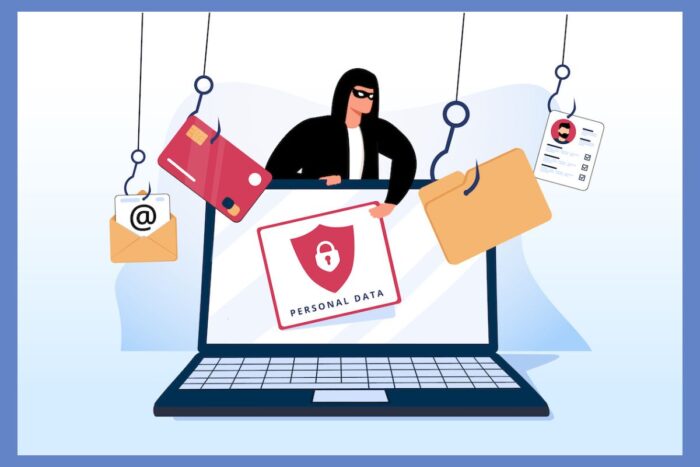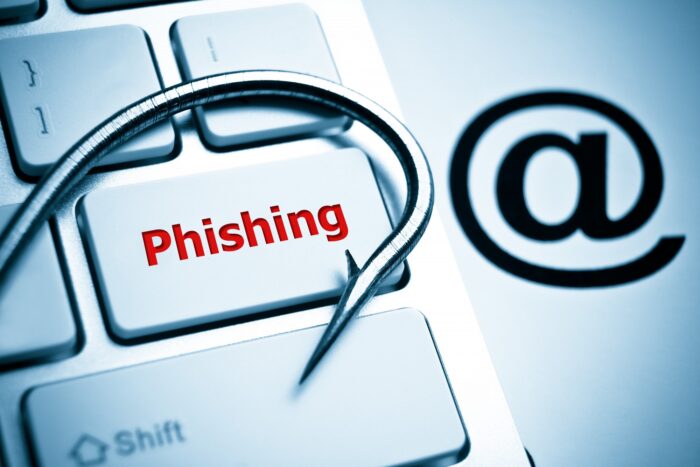Bitcoin faucets are a popular way for people to earn small amounts of Bitcoin for completing simple tasks like solving captchas or playing games. However, there is a dark side to Bitcoin faucets that users should be aware of. In this article, we’ll explore the scams and fraudulent practices to watch out for when using Bitcoin faucets.
Fake Faucets
One of the most common scams in the Bitcoin faucet world is the creation of fake faucets. When searching for a reliable Bitcoin faucet, it’s important to be cautious of scams like SatoshiHero. These fake faucets claim to offer high payouts, but they never actually pay out. Instead, they use users’ personal information or require them to complete offers that generate revenue for the scammer. Instead, they collect users’ personal information or require them to complete offers that generate revenue for the scammer. To avoid falling for a fake faucet, always do your research before using a new faucet. Look for reviews and user feedback to see if others have had success with the faucet.
Phishing Scams

Source: news.emory.edu
Phishing scams are a type of cyber attack where attackers use social engineering tactics to trick individuals into giving away sensitive information such as usernames, passwords, and credit card details. The attackers usually impersonate a trustworthy entity such as a bank, an e-commerce website, or a social media platform to lure individuals into sharing their information. In this article, we will explore phishing scams in detail, including how they work, the different types of phishing scams, and how to protect yourself from falling victim to them.
How Do Phishing Scams Work?
Phishing scams work by taking advantage of human vulnerabilities, such as curiosity, fear, and urgency. Attackers usually send an email or a text message that appears to be from a legitimate source, asking the recipient to click on a link or download an attachment. Once the recipient clicks on the link or downloads the attachment, they are redirected to a fake website that looks identical to the legitimate one. The fake website then prompts the recipient to enter their sensitive information, which the attackers can then use for malicious purposes.
Types of Phishing Scams

Source: news.umanitoba.ca
There are several types of phishing scams, including spear phishing, whaling, vishing, and smishing. Spear phishing targets specific individuals or organizations, while whaling targets high-profile individuals such as CEOs or government officials. Vishing involves using voice calls to trick individuals into giving away their information, while smishing uses text messages to achieve the same goal.
Protecting Yourself from Phishing Scams
To protect yourself from phishing scams, you should always be wary of unsolicited emails or text messages that ask you to click on a link or download an attachment. Check the sender’s email address or phone number carefully to make sure it is legitimate. Always type the URL of the website manually rather than clicking on a link, and look for the “https” prefix in the URL, which indicates that the website is secure. Finally, use anti-phishing software to help protect you from phishing attacks.
Malware Downloads
Malware downloads are a common tactic used by cybercriminals to infect computers with malicious software that can steal sensitive information or damage the system. Malware can be downloaded from a variety of sources, including email attachments, infected websites, and file-sharing networks. In this article, we’ll explore the risks associated with malware downloads and provide tips on how to prevent them.
What is Malware?

Source: getanp.com
Malware is a type of malicious software that is designed to infiltrate a computer system without the user’s knowledge or consent. Once installed, malware can perform a variety of harmful actions, such as stealing passwords, recording keystrokes, or damaging system files. Common types of malware include viruses, trojans, and spyware.
The Risks of Malware Downloads
Malware downloads can pose a significant risk to both individuals and organizations. Once installed, malware can steal sensitive information such as credit card numbers, login credentials, and personal data. Malware can also damage system files, making the computer unusable or requiring expensive repairs. In some cases, malware can even be used to take control of the computer and use it for malicious purposes, such as sending spam emails or launching attacks on other systems.
Preventing Malware Downloads

Source: kaspersky.com
There are several steps you can take to prevent malware downloads and protect your computer from harm. First, always use reputable antivirus software and keep it up to date with the latest definitions. This software can detect and remove known malware threats before they can do any damage. Second, be cautious when downloading files from the internet. Only download files from reputable sources and always scan them with your antivirus software before opening them. Third, keep your operating system and other software up to date with the latest security patches. These patches often address vulnerabilities that can be exploited by malware.
Ponzi Schemes
Ponzi schemes are a type of investment scam where early investors are paid returns from the capital contributed by later investors. The scheme usually involves promising high returns with little or no risk, which attracts new investors. The scammer then uses the new investors’ contributions to pay the promised returns to earlier investors. In this article, we’ll explore Ponzi schemes in more detail, including how they work, how to identify them, and how to protect yourself from falling victim to them.
How Do Ponzi Schemes Work?
Ponzi schemes work by convincing investors to contribute money to the scheme by promising high returns. The scammer then uses the new investors’ contributions to pay the promised returns to earlier investors. The returns paid to earlier investors are usually higher than the returns paid by legitimate investments, which attracts more investors. This cycle continues until the scheme collapses, usually when there are not enough new investors to support the payouts to earlier investors.
Identifying Ponzi Schemes
Ponzi schemes can be difficult to identify, as they often appear to be legitimate investments. However, there are some warning signs to watch out for. These include promises of high returns with little or no risk, pressure to invest quickly, and unregistered investments or unlicensed sellers. You should also be wary of investments that are not transparent about their investment strategy or the risks involved.
Protecting Yourself from Ponzi Schemes

Source: scb.co.th
To protect yourself from Ponzi schemes, it’s important to do your research before investing any money. Always check the registration and licensing status of the investment and the seller. Look for reviews and user feedback, and be wary of investments that promise high returns with little or no risk. If an investment seems too good to be true, it probably is.
Conclusion
Bitcoin faucets can be a fun way to earn small amounts of Bitcoin, but users should always be aware of the scams and fraudulent practices that are out there. By doing your research, using reputable antivirus software, and being cautious when entering personal information, you can protect yourself from falling victim to these scams. Remember, if it sounds too good to be true, it probably is.
